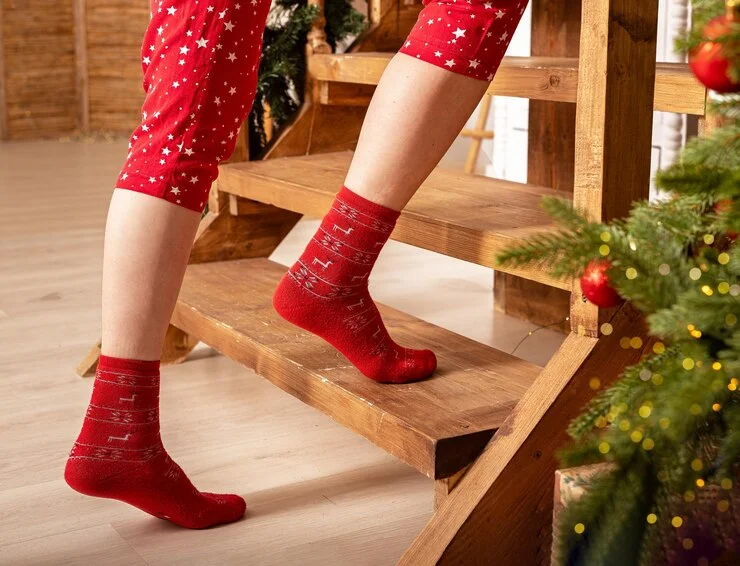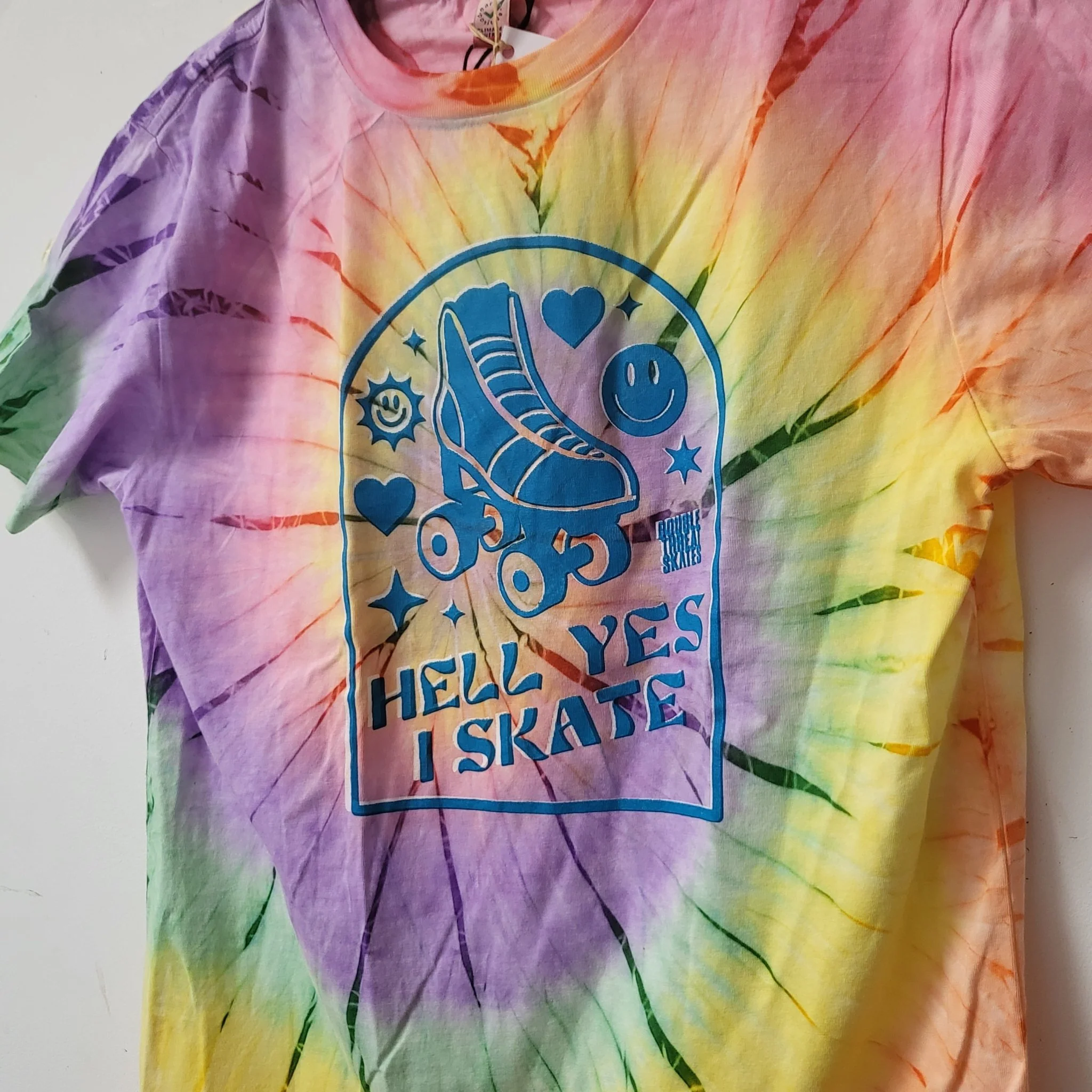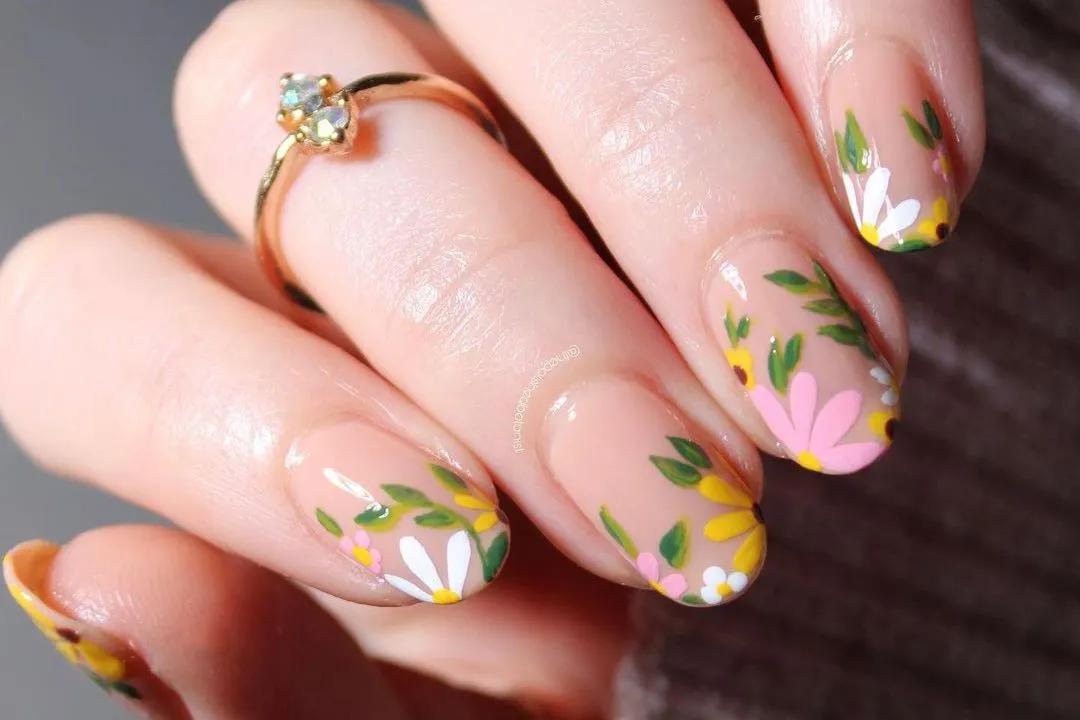A Dutch heel refers to a specific style of shoe or sock heel design that is well-known for its distinct shape and functionality. This heel style, often seen in knitting patterns and traditional footwear, is designed to offer enhanced comfort and fit, particularly in closed-toe shoes or knitted socks.
The Dutch heel features a square heel turn, which contrasts with the more common rounded or narrow heels found in other styles. This construction creates a broader and more structured base, making it a popular choice in both fashion and practical footwear applications.
Why Is the Dutch Heel Popular?
The popularity of the Dutch heel stems from its durability and comfort. The square shape distributes weight more evenly across the heel, which can help with posture and reduce pressure on certain points of the foot. For those who are on their feet for extended periods, this type of heel can provide relief from discomfort that might come with other heel shapes.
The Dutch heel is also frequently found in knitted socks. Its squared-off design offers a snug fit around the heel, reducing the chances of socks slipping down during wear. This makes it a go-to choice for those looking for both comfort and functionality in their knitted garments.
Benefits of the Dutch Heel in Footwear
Improved Stability
The wider base of the Dutch heel provides more stability when walking or standing. This is particularly beneficial for shoes that are meant to be worn for long periods, as the design helps reduce foot fatigue.
Even Weight Distribution
The structure of the Dutch heel allows for more even weight distribution across the foot. This can help alleviate pressure on the heel and arch, reducing the risk of heel pain and discomfort.
Enhanced Durability
In both footwear and knitted socks, the DH is known for its durability. The square heel design tends to hold up better over time, especially in areas that experience the most wear and tear, such as the back of the heel.
Aesthetically Pleasing
While functionality is a significant aspect, the DH also has an appealing look. The squared shape gives shoes and socks a clean, tailored appearance, making them suitable for both casual and formal settings.

Dutch Heel in Knitting: A Crafter’s Favorite
The Dutch heel is a favorite among knitters because of its structured fit and ease of construction. Knitters appreciate how the square heel helps socks stay securely in place, offering both comfort and longevity. This design is commonly seen in patterns for hand-knitted socks and slippers, with a clear focus on fitting snugly around the heel.
How to Knit a Dutch Heel
To create a DH, the knitter works the heel flap and then forms the square heel turn through a series of decreases and short rows. The result is a well-fitting heel that hugs the foot, reducing the likelihood of stretching out over time.
How the Dutch Heel Compares to Other Heel Types
When considering various heel designs, the DH stands out due to its broad base and squared-off shape. Here’s how it compares to other common heel types:
- Round Heel: Offers a more curved fit, but may lack the structured feel of the DH.
- French Heel: Features a narrow heel flap, which can be more elegant but less supportive.
- Wedge Heel: While comfortable, it doesn’t provide the same tailored fit that the DH offers in socks.
Who Should Consider Wearing Dutch Heel Footwear?
The Dutch heel is ideal for individuals who prioritize both style and comfort. It’s a great option for:
- Professionals: Those who are on their feet for long hours and need durable, supportive footwear.
- Athletes: The even weight distribution and added stability make this heel design a good choice for active individuals.
- Fashion-Conscious Individuals: With its classic look, the DH fits into various styles, from casual to formal.
Conclusion: Why the Dutch Heel Is Here to Stay
The Dutch heel offers a perfect balance between comfort, stability, and style. Whether you’re wearing shoes or knitting socks, its practical benefits make it a standout choice in both traditional and modern design. Its enduring popularity is a testament to its functionality, making it a staple in both casual and professional wardrobes.





Leave a Reply